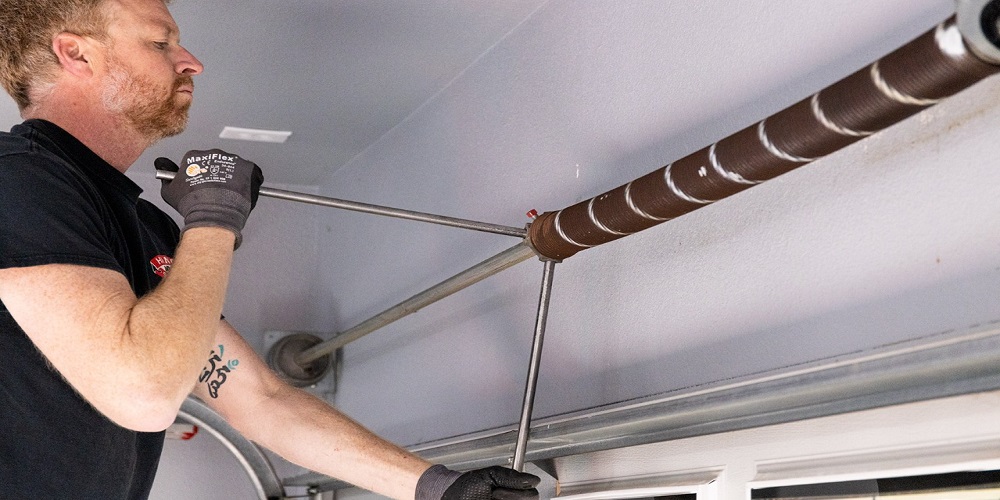Your garage door springs have probably been forgotten about for a while now. Have you considered the possibility that they have a shelf life and may require periodic upkeep and replacement? Garage door springs aren't on the minds of most people until anything goes wrong with them. Regardless matter how frequently or how seldom you use it; your garage door is a crucial part of your house. So, if you've got a broken garage door spring, keep reading this blog to learn about how to fix it and what to look out for when it does. This will help both the garage door spring supplier and the customer.
Indicators of broken spring
As soon as you notice that your garage door is behaving oddly, it's time to check the spring. If the garage door's springs are separated, it will have a difficult time opening and shutting, and you may observe them swinging. Garage door bends are another sign that you need to replace your spring. The garage door takes on more weight than it should since the spring isn't bearing the normal amount of weight. When the door is raised without the springs, the extra weight causes the door to bow outward. This is a sign that springs are not working.
When the spring isn't able to handle the weight of the garage door, you'll notice a change in how the door shuts. If the door isn't moving smoothly, it will shut down faster than normal time. If you open the garage door utilizing an emergency rope and nothing occurs, then the springs are damaged or not operating properly.
Reasons for spring break
Wear and tear are the most common cause of broken garage door springs. The cycles of the garage door springs are precisely calculated. The movement of a garage door indicates a cycle. There are at least two cycles every day if you leave your vehicle in the garage. Aside from household tasks, kids playing in the driveway, your spouse using your car, or even owning two cars, there are many ways to add extra trips to your daily routine. Using the garage as a front entrance increases the number of cycles significantly, and usually10,000 cycles are spring ratings and after that, it can be broken anytime.
Rust
The life expectancy of a spring drops precipitously as rust begins to spread across it. When the coils are expanding and retracting throughout a cycle, rust will enhance the extent of friction they generate. Corrosion accelerates the pace at which a component fails. To extend the life of the springs, it is recommended that you apply silicone-based lubricant to them every few months.
Improper Maintenance
The springs will last longer if you maintain them properly, and you'll be able to tell when they're about to fail. Although springs will ultimately break, they can last longer if they are properly lubricated, cleaned, and cared for. Another chore that should be done at least once a year is checking the garage door balance. Because of the freezing and strain, as well as the higher levels of moisture content in the air, winter is a common time for spring to fail.


